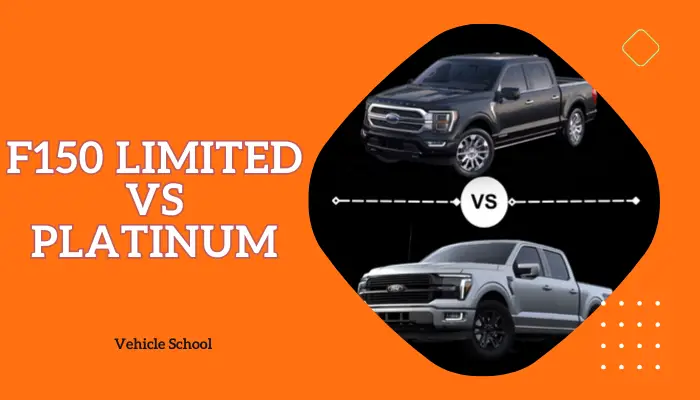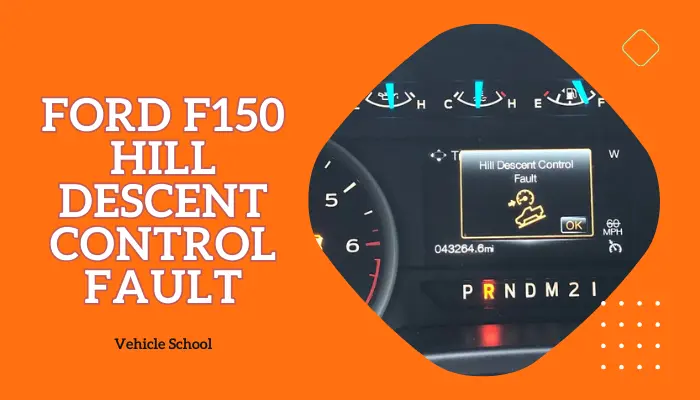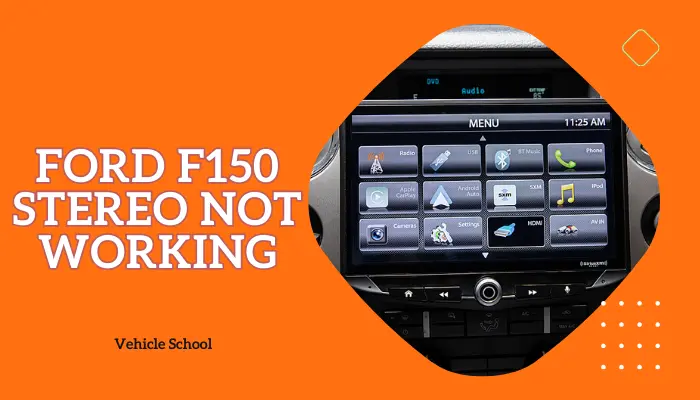The difference between 4A and 4H modes is that the 4A mode in your F-150 adapts automatically for smooth driving on any surface, while the 4H mode manually locks all four wheels for better traction, especially in off-road situations.
If you’re trying to figure out which drive mode is best to use, then keep reading this detailed breakdown.
F150 4A vs 4H
Here’s how 4H and 4A drive modes in F150 differ from each other:
| Factor | 4A (4×4 Auto) | 4H (4-High) |
| Engagement | Engages based on slippage detection. | Engages all four wheels for increased traction. |
| Suitable Road Conditions | Dry pavement, wet, and slippery surfaces. | Primarily for snow-covered or slippery surfaces. |
| Fuel Efficiency | Generally more fuel-efficient. | Sight impact on fuel efficiency. |
| Handling and Maneuverability | Acts like a conventional car. | Feels more rigid, especially on dry pavement. |
| Speed Considerations | No specific speed limitations. | Not recommended for high-speed driving on dry roads. |
| Turning Performance | Allows for smooth turns without binding. | Causes binding and stress in tight corners. |
| Wear and Tear | Generally lower wear on components. | More stress and wear on the drivetrain. |
| Ease of Use | User-friendly, automatic engagement. | Manual engagement, more for specific conditions. |
| Electronic Stability Control | Works in conjunction with ESC. | Requires additional caution in certain conditions. |
| Transmission Locking | Utilizes electronically managed clutch. | Locks front and rear outputs together. |
When To Use 4A on F150?
4A is an easygoing solution for various terrains. 4A is well-suited for driving on wet and slippery surfaces, where it can automatically engage to provide optimal traction.
If you anticipate encountering varying road conditions, including patches of snow or ice, 4A can adapt to different terrains without manual intervention.
4A is suitable for daily driving on diverse road surfaces, including dry pavement, making it a convenient and user-friendly option.
When To Use 4H in Your F150?
4H is for much more specific terrains. 4H is specifically designed for driving on snow-covered or icy roads, offering enhanced traction by engaging all four wheels simultaneously.
When venturing off-road, especially on unpaved trails, gravel roads, or uneven terrain, 4H provides increased stability and traction.
Engage 4H when towing trailers or heavy loads, as it ensures better grip and control, especially in challenging conditions.
In situations where you need better traction, such as climbing steep inclines or navigating through slippery conditions, 4H can be beneficial.
How To Switch Between 4A and 4H in F150?
You need to press the following buttons on the dashboard of your f150 to switch between 4A and 4H.
- Find the buttons labeled “2H,” “4H,” “4A,” and “4L” on your dashboard.
- To switch to 4A, press “4A.”
- To switch to 4H, press “4H.”
- Confirm the selected mode on the dashboard.
FAQs
Should you drive your F150 in 4A or 4H for snow?
The 4A mode in the Ford F150 is better suited for driving in snowy conditions.
How fast can you drive in 4-High F150?
In 4H mode, you can drive the F150 at speeds up to 55 MPH.
how fast can you drive in 4A?
No speed limit is imposed for driving in 4A (automatic 4-wheel drive). However engaging 4A at high speeds, such as over 60 MPH, is not recommended due to potential stress on components.
Can You Drive Your F150 in 4A mode all the time?
No, you shouldn’t drive your Ford F150 in 4a all the time. while it’s better than 4H, it can still decrease fuel efficiency and occasionally cause handling issues on dry roads. It’s much better if you stick to 2H.
Ending Remarks
Ford F150 trucks can adapt to your driving needs. Whether it’s the ease of 4A or the robustness of 4H, your F150 can provide you with all of that readily with just a quick button press.






